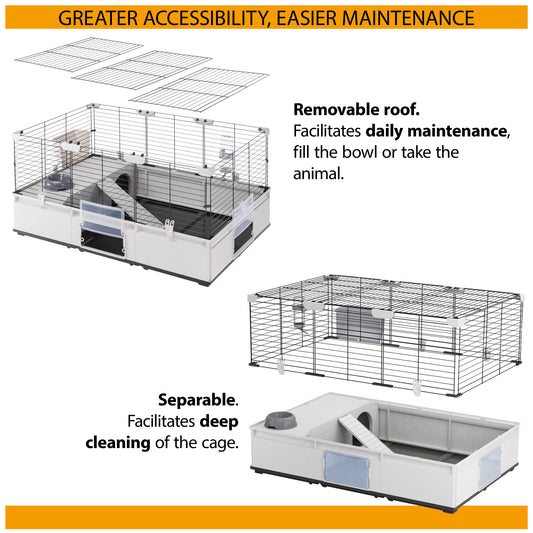If your dog goes missing from your home or while out on a walk, try not to panic. There are a number of things you can do to track them down and you should take action immediately.
Favourite haunts
You should check the areas near to home where you normally walk your dog. Take some treats and your dog’s favourite squeaky toy with you while you search calling their name. If you’ve recently moved house, ask your old neighbours to keep an eye out in case your dog returns.
Report your dog as lost with the microchip database
It is very important to do this as soon as possible in case your pet has been stolen and someone tries to change the microchip details. If you are unsure which of the microchip databases your pet is registered on, visit check-a-chip.co.uk to find out.
Some database companies, such as Petlog, will send out alerts of your missing dog to their network. It is also very important to let the database company know when your dog has been found.
Contact your dog warden
Your local Council is responsible for collecting stray dogs and UK dog wardens pick up more than 100,000 dogs every year. As well as contacting your local authority, it is worth trying the dog warden in neighbouring councils too in case your dog has wandered further afield. The dog warden service will hold on to a stray dog for seven days but after this time a dog will be rehomed or put to sleep if an owner cannot be traced.
You can report a lost dog to the council’s dog warden service online at gov.uk/check-council-missing-dog.
Contact local rescue centres, boarding kennels and vets
Rescue centres often keep databases of lost and found pets themselves so it is worth letting them know that your dog is missing in case it turns up there. Likewise, your dog could find itself at a vet (especially if they have suffered an injury on their adventures) so you should alert all the practices in your local area too.
If you think your dog has been stolen
If you have reason to believe that your dog has been stolen, you should report it to the police straight away. Make sure you get a crime reference number and insist that they record your dog as being stolen, rather than missing.
Spread the word
Social media is a very efficient and free way of spreading news so get posting about your missing pet. Include a photo and as much detail as possible about where your dog was last seen and when. Share this with your friends, community pages, vets and rescue organisations and ask them to share with their contacts.
Print posters with your dog’s photo on to stick up in local shop windows, noticeboards and vet surgeries. You could also put copies through the doors of people living in the area where your dog went missing.
You should also register your missing dog on doglost.co.uk, which is the UK’s largest free lost and found dog service. You are able to generate your own missing posters through the site and upload your pet’s information so DogLost’s network of supporters around the country can help you in your search.
Prevention
There are a number of steps you can take to reduce the chances of your dog going missing, as well as increasing the chances of getting them back if they do. Sadly, dog theft is on the rise as demand for certain breeds of dog increases. 2,000 dogs are stolen each year in the UK as criminals have found it’s an easy way to make money. The theft of a pet currently falls under the Theft Act 1968, which means the penalties for stealing a pet are the same as stealing someone’s mobile phone. There is no consideration made with regards to the emotional distress that losing a loved member of the family causes. Help keep your dog safe with our prevention top tips!
- It’s no good having a microchip if the database holds out of date contact information for you. If you move house or change your telephone number, be sure to contact the database which holds your pet’s details as soon as possible so that the new details can be stored.
- A microchip should not replace a traditional ID tag on your dog’s collar as it’s the quickest way to identify them. It is a legal requirement for dogs to wear collars in public. The collar – or a tag attached to it – must also clearly bear the owner’s name and address. Failure to do so could result in a hefty fine.
- Never leave your dog tied up outside a shop or left unattended in public. This makes them an easy target for opportunistic thieves.
- Keep your garden gate locked and check regularly that there are no gaps or holes in your fences which your dog could slip through. You should also never leave your dog in the garden unattended.
- When walking your dog off lead, make sure they always stay within sight and ensure they have a reliable recall. If not, it’s time to brush up on their training!
- Make sure your garden fence is high enough to contain your dog. Some breeds are good jumpers and would have no trouble clearing a 6ft fence!
If you found this article interesting, why not check out:









